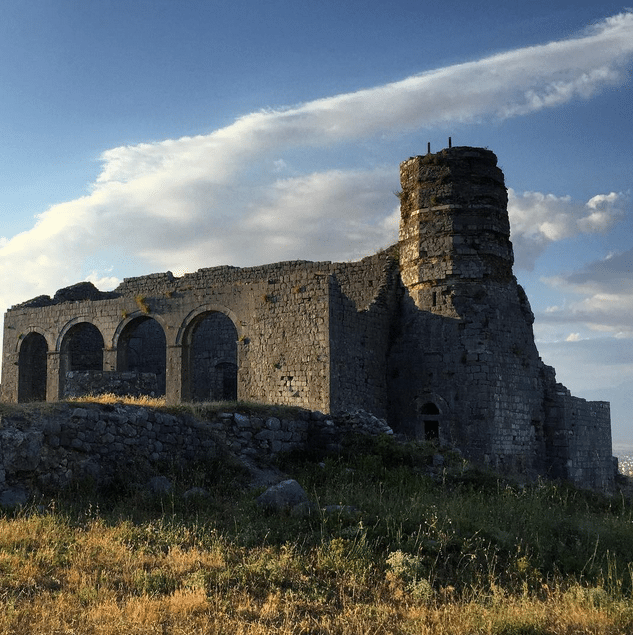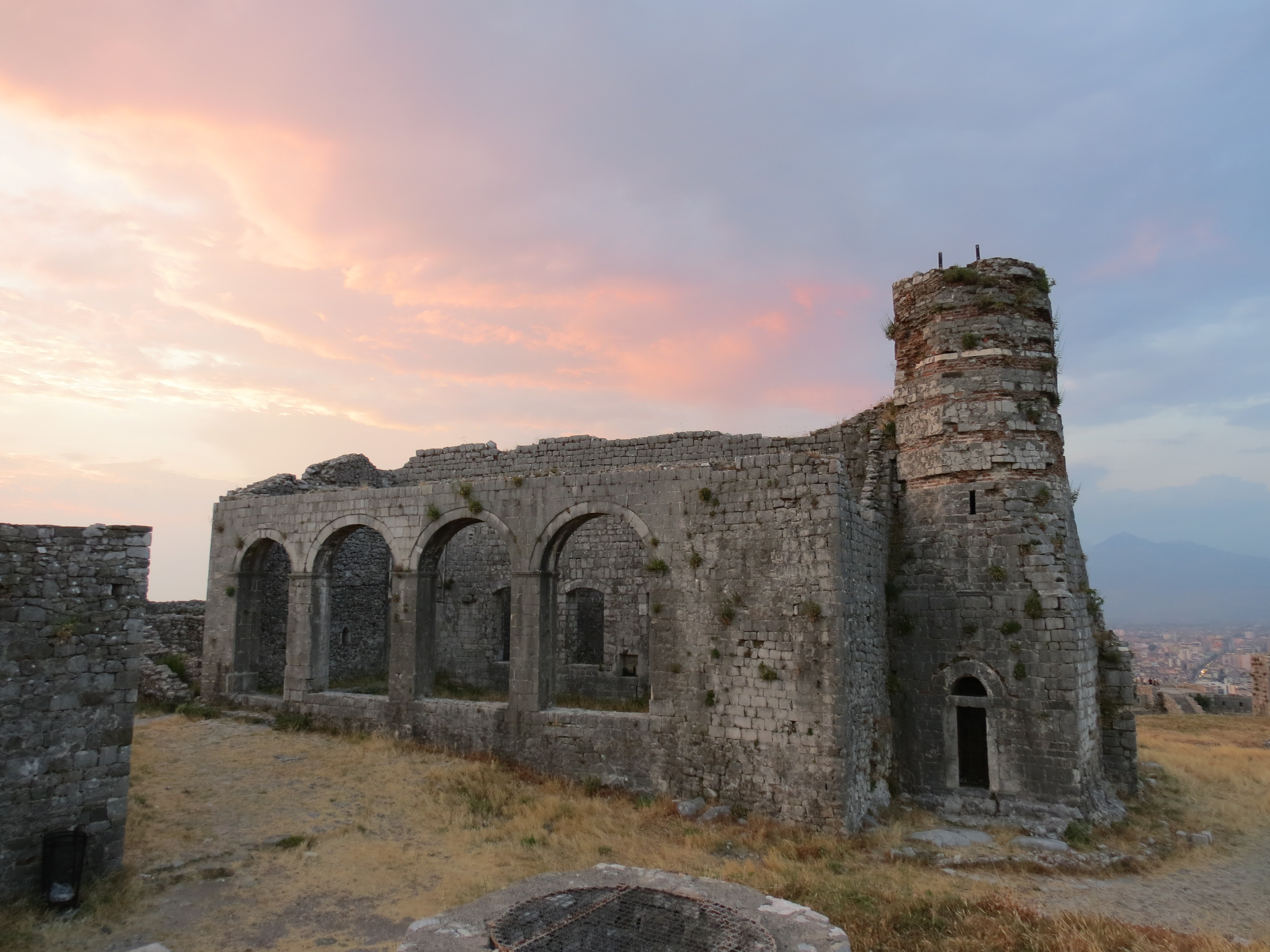

Combined with the performance of the soaring soprano soloists Kate Ledington and Maeve Stier, whose duet elevates this work to a truly heavenly level, this work has rightfully become one of the most performed of the composer’s choir songs. The piece features many of Ešēnvalds’ trademark compositional approaches, such as the rich harmonies of the choir, spiritual longing, and beautiful textures. One of Ešenvalds’ most popular choir works is the spiritually moving ‘O salutaris hostia’, a prayer for peace. The choir has followed that recording up with Translations, released in 2020, which contains seven of Ešenvalds’ compositions. Many choirs internationally have actively championed Ešenvalds’ works, among them being the Portland State Chamber Choir, conducted by Ethan Sperry, who released an album of Ešenvalds’ choir compositions, entitled The Doors of Heaven, in 2017. Even if a listener does not understand the language of the text, Ešenvalds’ skills with melody and harmony allow him to speak clearly and personally to an audience. The choir works of Latvian choral composer Ēriks Ešenvalds have been sung and heard all over the world. The album can be heard via multiple streaming services.įor more information, please visit the Tarkšķi Facebook page The recording was made in the Lauska studio, with producer Kaspars Bārbals, and the American Latvian Association helped finance the recording. The group includes children from 2 to 18 years of age. The songs were arranged by the ensemble’s director Kristīne Karele, and feature instruments such as the Latvian kokle, mandolin, violin, and others.

The album also includes instrumental-only versions of the songs. The album includes such popular children’s songs as ‘Aiz kalniņa dūmi kūpa’, ‘Kur tad tu nu biji’ and ‘Kur tu teci’, among many others.

Featuring the youngest members of the ensemble, the digital only album collects performances of children’s folk songs. He explained to her what the deal was, that she was to be sacrificed and buried in the wall of the castle so that they could finish building it, and she didn’t protest.The Latvian folklore ensemble Tarkšķi, based out of Iecava, released an album for younger listeners entitled Sadziedam? in late 2020. It was Rozafa, the wife of the youngest brother. The next afternoon at lunchtime, the brothers waited anxiously to see which wife was carrying the basket of food. The two older brothers, however, explained the situation to their wives that night, while the honest youngest brother said nothing. They also promised not to tell their wives of this. So they agreed that whichever of their wives was the one to bring them lunch the next day was the one who would be buried in the wall of the castle. The three brothers found it difficult to decide whom to sacrifice.įinally, they decided to sacrifice one of their wives who would bring lunch to them the next day. They met a clever old man who advised them to sacrifice someone so that the walls would stand. They worked all day, but the walls fell at night. The legend is about the initiative of three brothers who set about building the castle. Rozafa Castle is associated with a famous legend about a woman who was buried in the foundation of the castle, and here it goes: “Its legend, archeology, and history testify to its early existence.


 0 kommentar(er)
0 kommentar(er)
